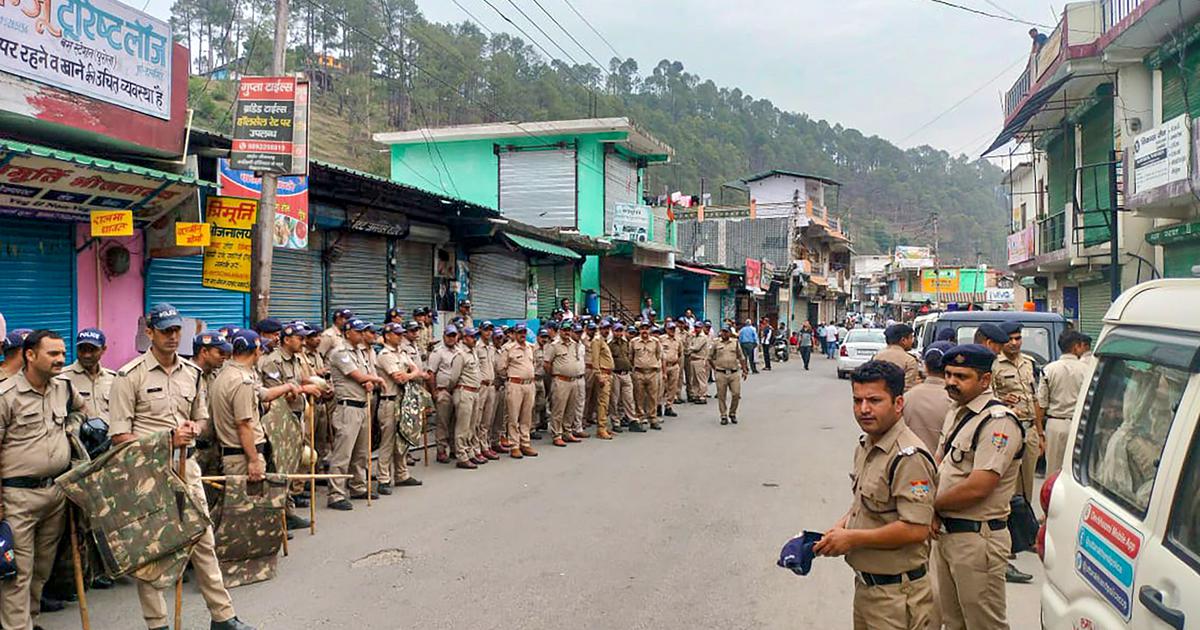
New Delhi, India — When Nayeem Ahmad, 35, left his sweets shop on Sunday morning to buy cooking oil, his younger brother, Tasleem, did not know that interreligious tensions were boiling over in Sambhal, their hometown in northern India’s Uttar Pradesh state.
Within a few minutes, Tasleem received a phone call he will never forget: “My elder brother was shot dead by the police in daylight.”
Protests had broken out in Sambhal on Sunday morning after a local court ordered an archaeological survey of a 16th-century mosque, the Shahi Jama Masjid, acting on a petition claiming that a Hindu temple once stood in its place.
Amid clashes with the police, at least five people have died from bullet injuries. The families of the victims and other protesters accuse the police of shooting them dead. The police, in turn, say “miscreants opened fire” and they “are investigating the source of the gunfire”.
After the violence, the district authorities snapped the internet, ordered the closure of schools, and barred entry of any outsider as markets remained shut amid a police crackdown and curfew-like situation, locals told Al Jazeera.
So, what triggered the protests in Uttar Pradesh, India’s biggest state; how unique is the claim of a mosque being built over a temple, and why do some senior lawyers blame the country’s top court for all of this?
This story was originally published in aljazeera.com. Read the full story here.

